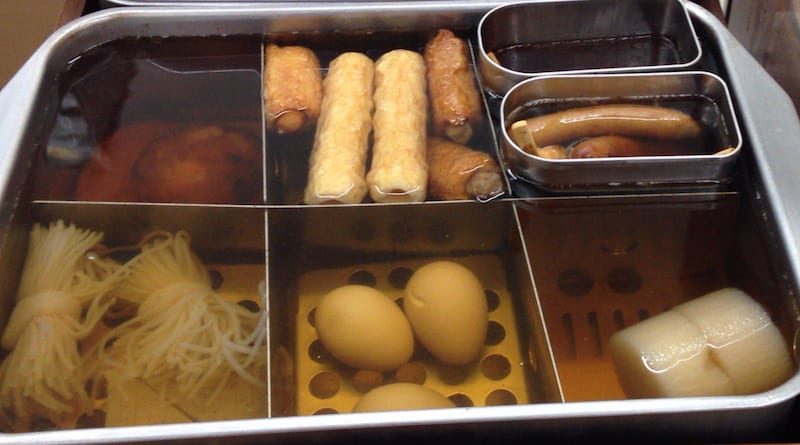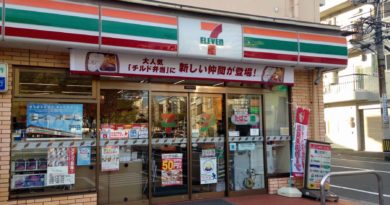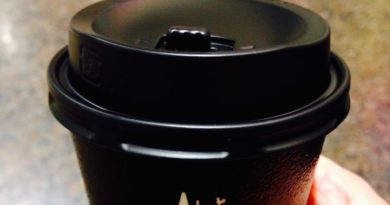Autumn = oden!
To me, nothing says autumn more than oden [おでん]. In fact, on September 1 every year it has become a tradition for my best friend and I to take advantage of the four-day oden sale at 7-Eleven and to sit in the Peace Park overlooking the river whilst tucking into our food.
Oden is generally considered to be a winter dish, perfect when you want (and need) something to warm you up, but I believe it can, and should, be enjoyed from autumn. The fact that it first appears at konbini [コンビニ] in early September is evidence that surely supports my viewpoint.
Before I go any further though, let me give you a brief explanation of exactly what oden is. Basically, oden is a dashi [出汁] or fish-stock based dish made from a combination of katsuobushi [鰹節] or dried, fermented and smoked skipjack tuna and kombu/konbu [昆布] or a type of edible kelp, flavoured with soy sauce and full of delicious goodies. Note, however, that konbini all have their own, regional variations. The dashi at 7-Eleven in this area includes small, dried sardines and beef tendon, while Family Mart has chicken. Thus, if you are vegetarian (or are a fish-eating ‘vegetarian’), it’s something you should know and keep in mind. Now the goodies in oden don’t always look particularly appetising but I assure you just as the saying, “appearances can be deceiving,” goes, this is definitely the case for oden; in a good way. Buying oden can be a little intimidating for newbies, so let this week’s column be your guide to enjoying one of the best foods of the season.
I used to have a major thing for 7-Eleven oden and indeed, used to believe it had the best broth. Spending most of last winter subsisting on Family Mart oden because it was closer to my apartment (I had chilblains last year, don’t judge and think I was just being lazy!), I developed quite a fondness for Mr. Family Mart. He’s quite a charmer. Also, his condiments are far superior to 7-Eleven. My suggestion is to steal a bunch from and use them at home to garnish your favourite konbini oden or, if you’re feeling particularly adventurous, on your home-made creations (oden or otherwise).
Anyway, I got a little side-tracked there, so let’s jump right into this and get to the juicy stuff.
First, decide whether you want the small pot or the huge bowl.
Next, choose what you want to drop into broth stock. Whoo hoo! This is the exciting part! At 7-Eleven you need to tell the staff what you want, but at Family Mart and Lawson it’s self-service.
The first time I bought oden I simply pointed at stuff and held up my fingers to indicate how many of that item I wanted. After awhile though, I learned a few names of things and now I can order like a pro.
Here are some of my top five favourites (in no particular order) and ones I definitely recommend you try:
- Daikon [大根] or the giant, white radish-looking thing you see at the supermarket is essential. Getting oden and not including at least one piece of this is just not kosher. In fact, it’s not cool at all. It’s especially good with the mustard spread all over it (because truthfully, it doesn’t taste like much). Mustard is also really good mixed in with the stock and is guaranteed to make your nose run (i.e. clear your sinuses).
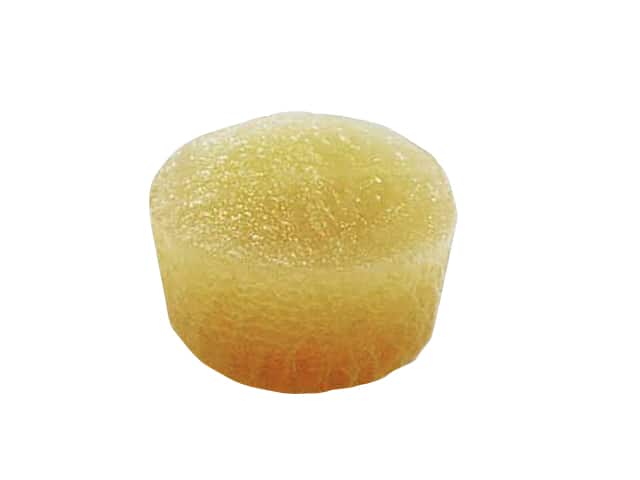
Daikon
- Konnyaku [蒟蒻] or shirataki [白滝] are two gelatinous-textured products that are made from the starch of the root known as ‘devil’s tongue.’ I don’t quite know how to describe them… Neither taste like much at all, but konnyaku is very rubbery. It’s also a little too chewy for most foreign tastebuds and if you haven’t eaten it, try putting an eraser in your mouth and you’ll get my drift. I don’t mind it, but it’s definitely not for everyone. I prefer the noodles, or shirataki, made from the same stuff. Surprisingly, they seem to have both a slight taste and a lovely chewy thing happening, rather than an over-cooked, rubbery thing going on. Both are highly regarded in Japan, especially for the weight conscious and health freaks alike. I also think you need to include at least one of these in your oden pot.
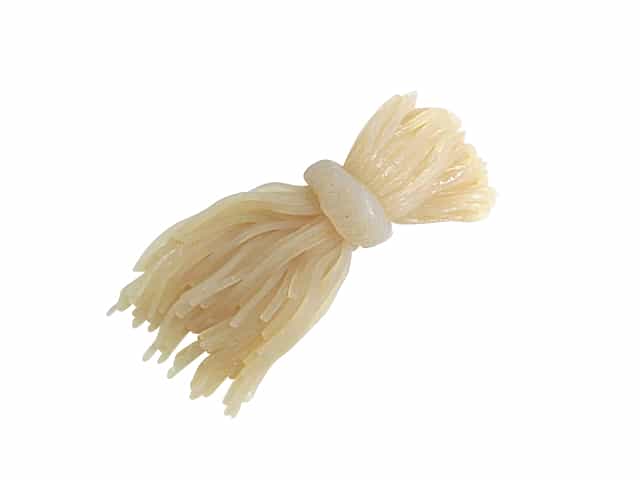
Shirataki 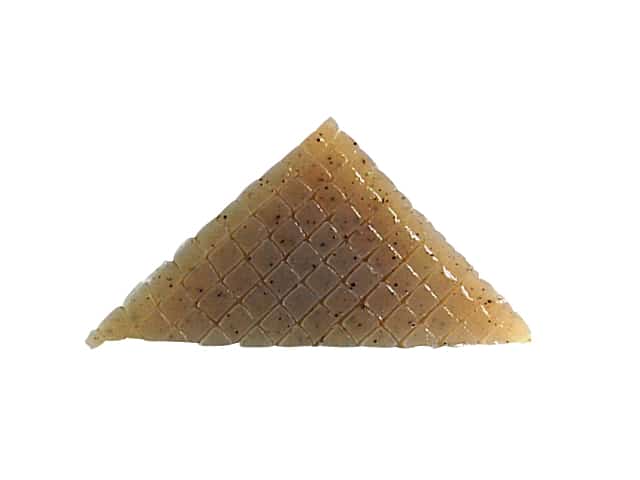
Konyaku
- I also have a major thing for tofu [豆腐] of any description so anything here is good. Examples include the big rectangular blocks of fried tofu known as atsu age [厚揚げ] or the circular-shaped one with little bits of vegetables such as carrot called ganmo [がんも].

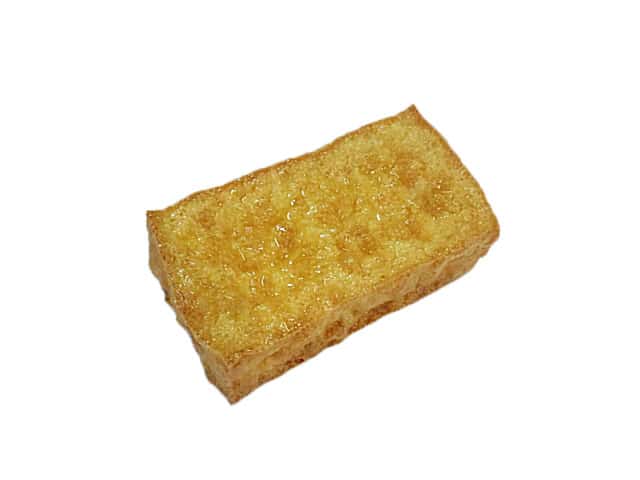
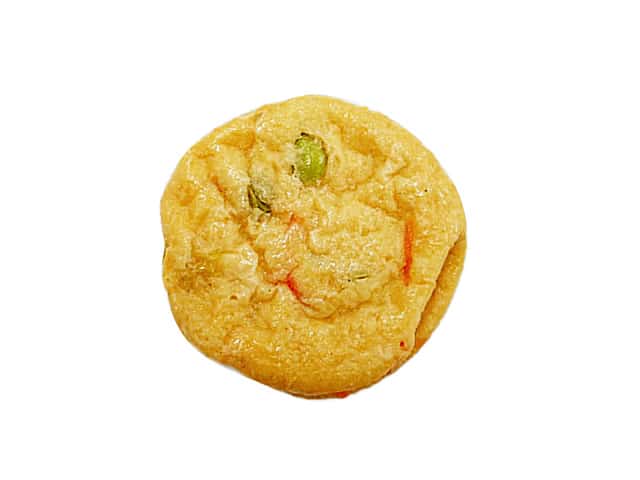
Ganmo
- Ah, something very familiar! Whole eggs, which are a slightly different colour due to being left in the broth to soak, are called yude tamago [ゆで卵] and are DELICIOUS! They can be a tad difficult to eat because they’re slippery and dropping one back into your bowl will result in gigantic splashes of hot liquid. Be careful!
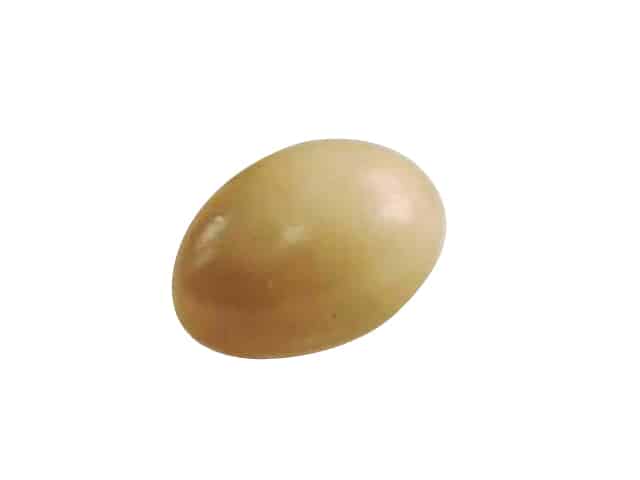
Egg!
- Chikuwa [ちくわ] are tube-shaped fish-paste cakes that are chewy and delicious. They have a slight ‘seafoody’ taste and even though they don’t sound particularly exciting, I assure you they are.
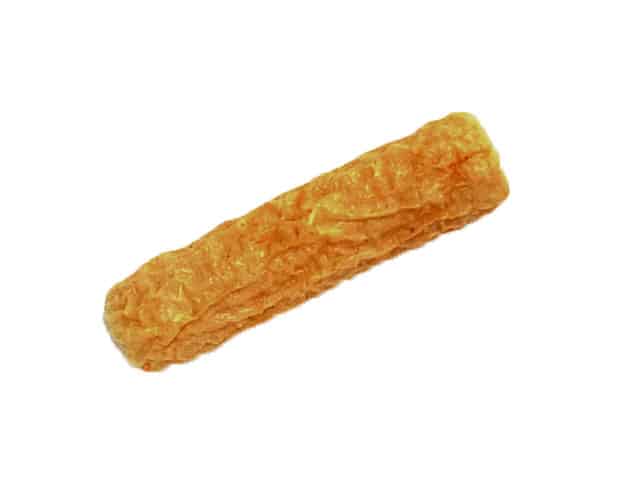
The final thing you need to do is make your selection of the aforementioned condiments. These include mustard known as karashi [辛子], miso [みそ] or soy-bean paste which is thick, sweet and oh-so-gooey and of course, the sauce (which is more of a paste consistency), made from the citrus fruit, yuzu [ゆず].
So there you have it, my autumn guide to oden! Hopefully it will get you warm and toasty for the cooler weather that is coming our way. Happy autumn!


